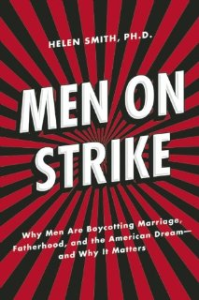Fukushima Radiation Proves Less Deadly Than Feared. That would be a LOT less deadly.
And what of the lasting threat from radiation? Remarkably, outside the immediate area of Fukushima, this is hardly a problem at all. Although the crippled nuclear reactors themselves still pose a danger, no one, including personnel who worked in the buildings, died from radiation exposure. Most experts agree that future health risks from the released radiation, notably radioactive iodine-131 and cesiums-134 and -137, are extremely small and likely to be undetectable.
Even considering the upper boundary of estimated effects, there is unlikely to be any detectable increase in cancers in Japan, Asia or the world except close to the facility, according to a World Health Organization report. There will almost certainly be no increase in birth defects or genetic abnormalities from radiation.
Even in the most contaminated areas, any increase in cancer risk will be small. For example, a male exposed at age 1 has his lifetime cancer risk increase from 43 percent to 44 percent. Those exposed at 10 or 20 face even smaller increases in risk –similar to what comes from having a whole-body computer tomography scan or living for 12 to 25 years in Denver amid background radiation in the Rocky Mountains. (There is no discernible difference in the cancer rates between people who live in Denver and those in Los Angeles or New York.)
Rather than stand as a warning of the radiation danger posed by nuclear power, in other words, Fukushima has become a reminder that uninformed fears aren’t the same as actual risks.
Indeed.
There was some fortunate luck involved…
Another reason the public was protected is that the 200,000 or so people living within 15 miles of Fukushima were rapidly evacuated. People living in a few hotspot towns slightly farther away who didn’t leave on their own received the highest civilian doses.
Read the whole thing









